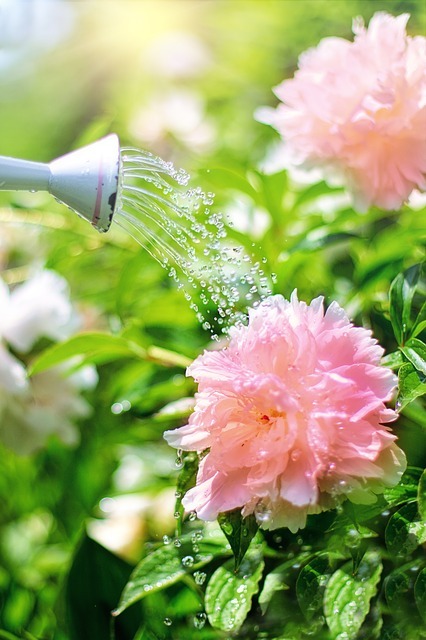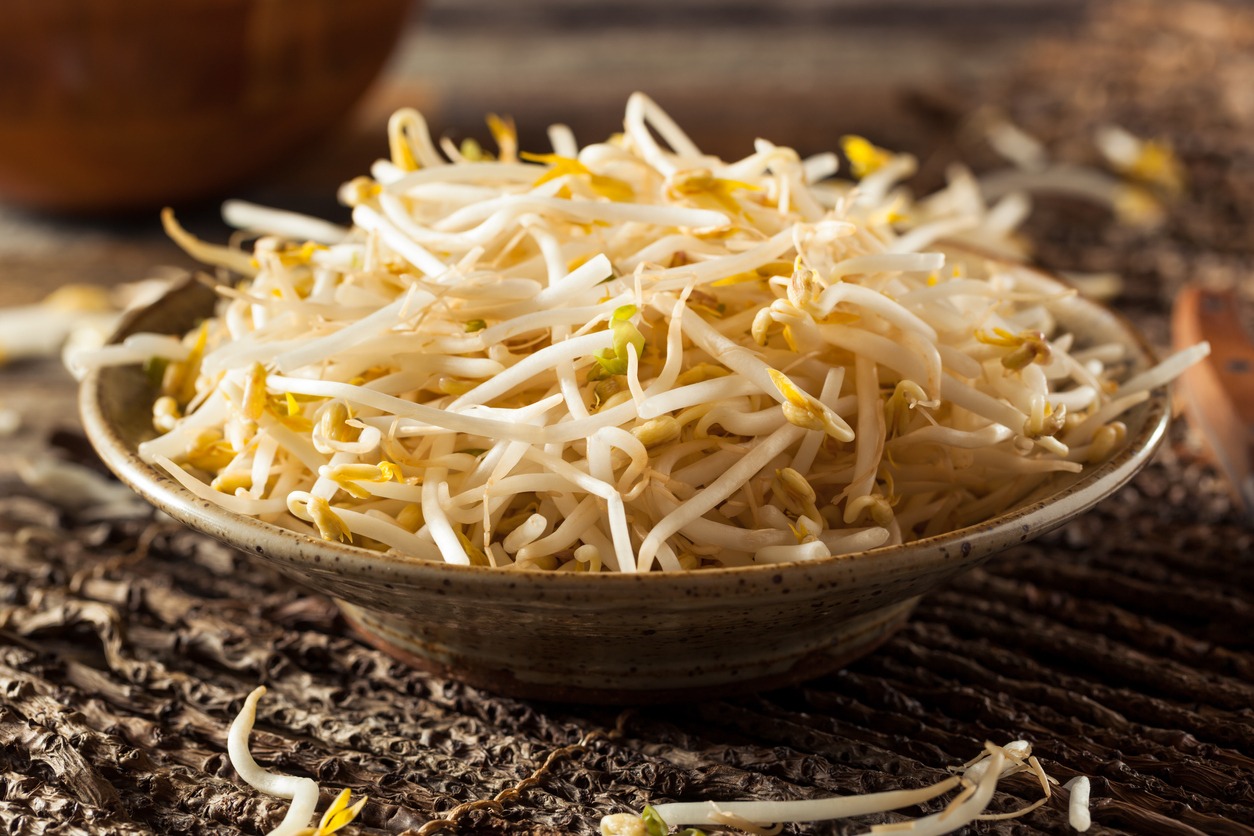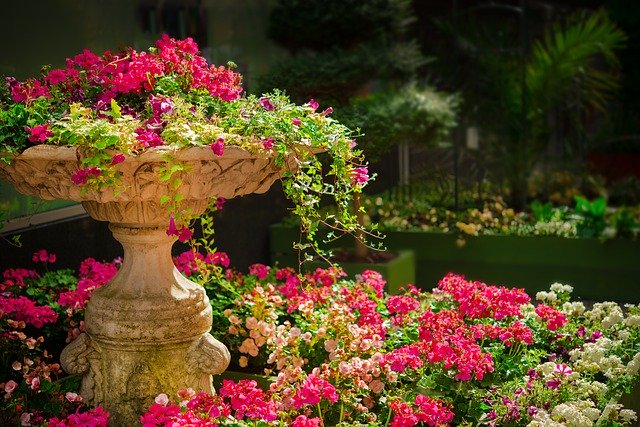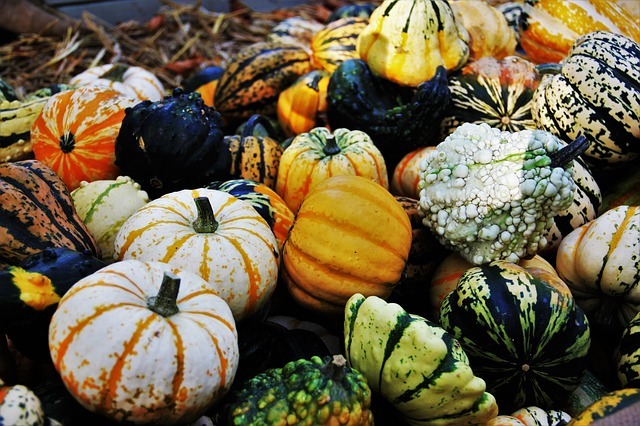Natural Pest Control: Effective Ways to Prevent Pests in Your Garden
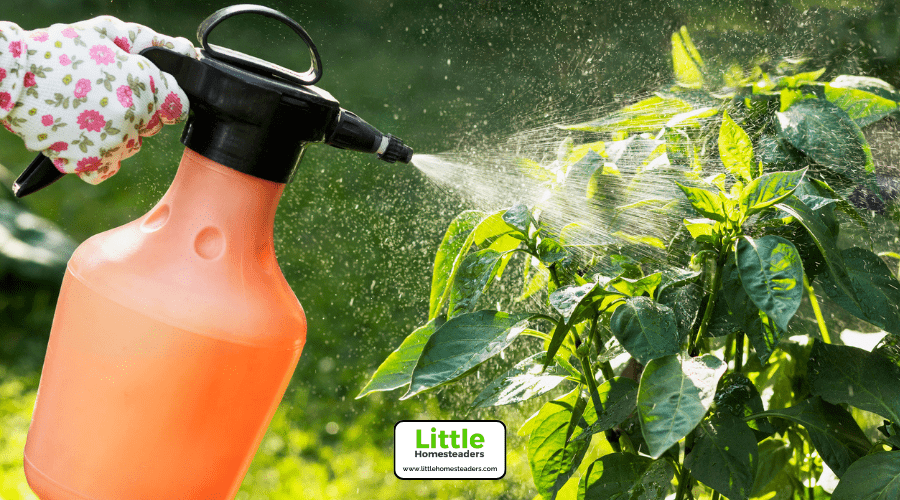
Maintaining a vibrant, healthy garden doesn’t mean resorting to harsh chemicals or pesticides. Natural pest control methods not only protect your plants but also foster an eco-friendly garden ecosystem. These methods are easy to implement, cost-effective, and safe for both your plants and the surrounding environment.
This guide will walk you through practical and sustainable pest control techniques, empowering you to grow a thriving garden naturally.
Covering Plants for Pest Prevention
One of the simplest yet most effective methods of pest control is physically covering your plants. By creating a barrier between your crops and potential pests, you can prevent infestations before they begin. This technique works for both small home gardens and larger plots, making it a versatile solution.
- Materials to Use: Mesh netting, row covers, and fine fabrics are ideal for shielding plants from pests. These materials allow sunlight, air, and water to reach your plants while keeping pests at bay. For larger areas, you can invest in floating row covers or even construct frames with netting for long-term use.
- How to Apply: Secure covers tightly around your plants, especially at the edges, to prevent pests from sneaking in. Be thorough when anchoring the edges, as even small gaps can give pests access. For young plants like beets, use fine mesh netting to protect them from leaf miners. Brassicas benefit greatly from insect mesh, which stops carrot flies and caterpillars from causing damage.
- Timing: Cover your plants as soon as they are planted or before pests become active in the season. Early covering is key because once pests find your plants, it’s harder to keep them away. Consider using season-specific covers for different crops, such as heavier ones for winter vegetables and lighter ones for summer produce.
By covering your plants, you create an environment where pests are unable to thrive. This simple yet powerful method saves you time, effort, and resources in the long run.
Removing Pests Early and Often
Regular monitoring and manual pest removal are key components of natural pest control. This method requires vigilance, but it’s one of the most effective ways to maintain a pest-free garden without using chemicals.
- Inspect Regularly: Check your plants at least once a week, preferably in the early morning when pests are less active and easier to spot. Walk through your garden slowly, taking time to examine each plant. Pay attention to both sides of leaves, stems, and the surrounding soil, as pests often hide in inconspicuous spots.
- Remove Pests by Hand: For larger pests like caterpillars or beetles, simply pick them off the plants and dispose of them far from your garden. Smaller pests, such as aphids, can be dislodged with a strong jet of water from a hose. If you’re squeamish, consider wearing gardening gloves or using tweezers to handle pests.
- Target Eggs: Many pests lay eggs on the undersides of leaves, making them difficult to detect at a glance. Take extra care to inspect these areas and remove any eggs you find before they hatch. Removing eggs is a crucial step in preventing infestations from escalating.
- Dealing with Severe Infestations: If a plant is heavily infested, you may need to remove the affected leaves entirely to prevent the pests from spreading. In extreme cases, sacrificing one plant to save the rest of your garden might be necessary.
Though time-consuming, this hands-on approach allows you to stay closely connected to your garden. It helps you catch problems early, giving you greater control over the health of your plants.
Attracting Beneficial Predatory Insects
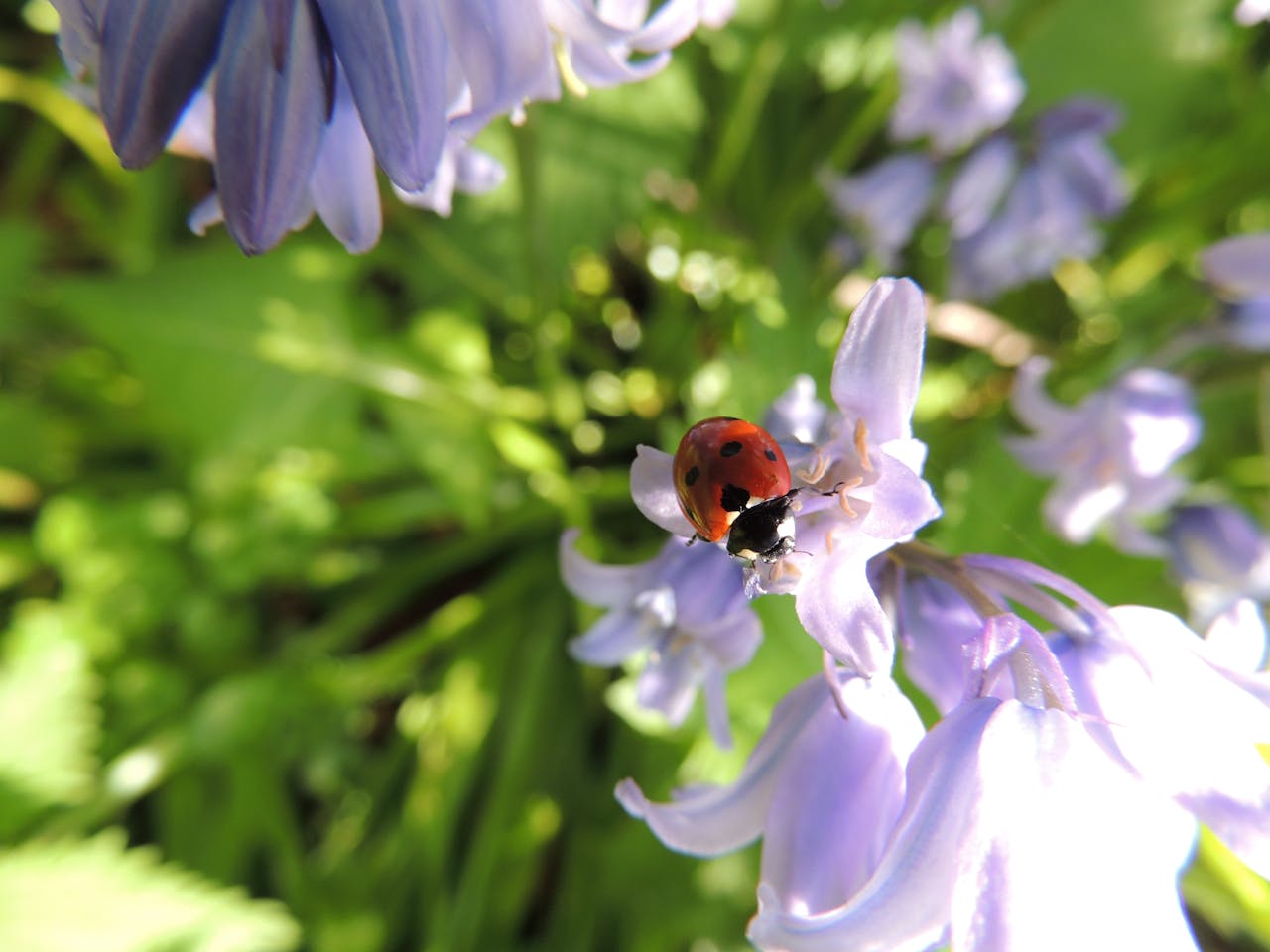
Beneficial insects are nature’s pest control squad. These tiny allies feed on common garden pests and help maintain balance in your garden. By encouraging their presence, you can significantly reduce the need for manual pest removal.
- Insects to Attract: Ladybugs are voracious eaters of aphids and other soft-bodied pests. Lacewings, known as "aphid lions," also target aphids and mites. Ground beetles patrol the soil, hunting for slugs and cutworms, while parasitic wasps silently eliminate pests by laying their eggs inside them.
- How to Attract Them:
- Plant nectar-rich flowers like daisies, marigolds, and cosmos to provide food for these insects.
- Avoid using chemical pesticides, as they can harm beneficial insects along with pests.
- Include a mix of plants with varying heights and flowering times to create a year-round habitat.
- Additional Tips: Consider leaving a small wild patch in your garden as a natural habitat for beneficial insects. Providing a water source, such as a shallow dish with stones, can also encourage these helpful creatures to stay.
Welcoming beneficial insects is a sustainable and low-maintenance way to keep your garden pest-free.
Companion Planting Strategies
Companion planting is a time-tested technique that uses plant relationships to deter pests and improve garden health. It’s an excellent way to work with nature rather than against it.
- Aromatic Herbs: Basil, mint, and rosemary emit strong scents that confuse and repel pests. Plant them near vegetables like tomatoes, peppers, and beans to maximize their effectiveness. Mint, for example, can deter ants and aphids, while basil is known to repel whiteflies.
- Flowers for Pest Control: Marigolds are excellent at deterring nematodes, while nasturtiums act as trap crops, attracting pests like aphids away from your main plants. Sunflowers can also serve as a trap crop, luring pests like stink bugs to their tall, sturdy stems.
- Layered Planting: Combine tall crops, like corn, with shorter plants, such as lettuce or spinach. This strategy creates natural barriers against pests and reduces the chances of pests spreading quickly.
- Soil Benefits: Many companion plants, like legumes, fix nitrogen in the soil, benefiting neighboring plants. Others, like marigolds, can suppress harmful nematodes in the soil, promoting healthier roots.
Companion planting not only controls pests but also enhances biodiversity in your garden, creating a more resilient ecosystem.
Using Natural Remedies
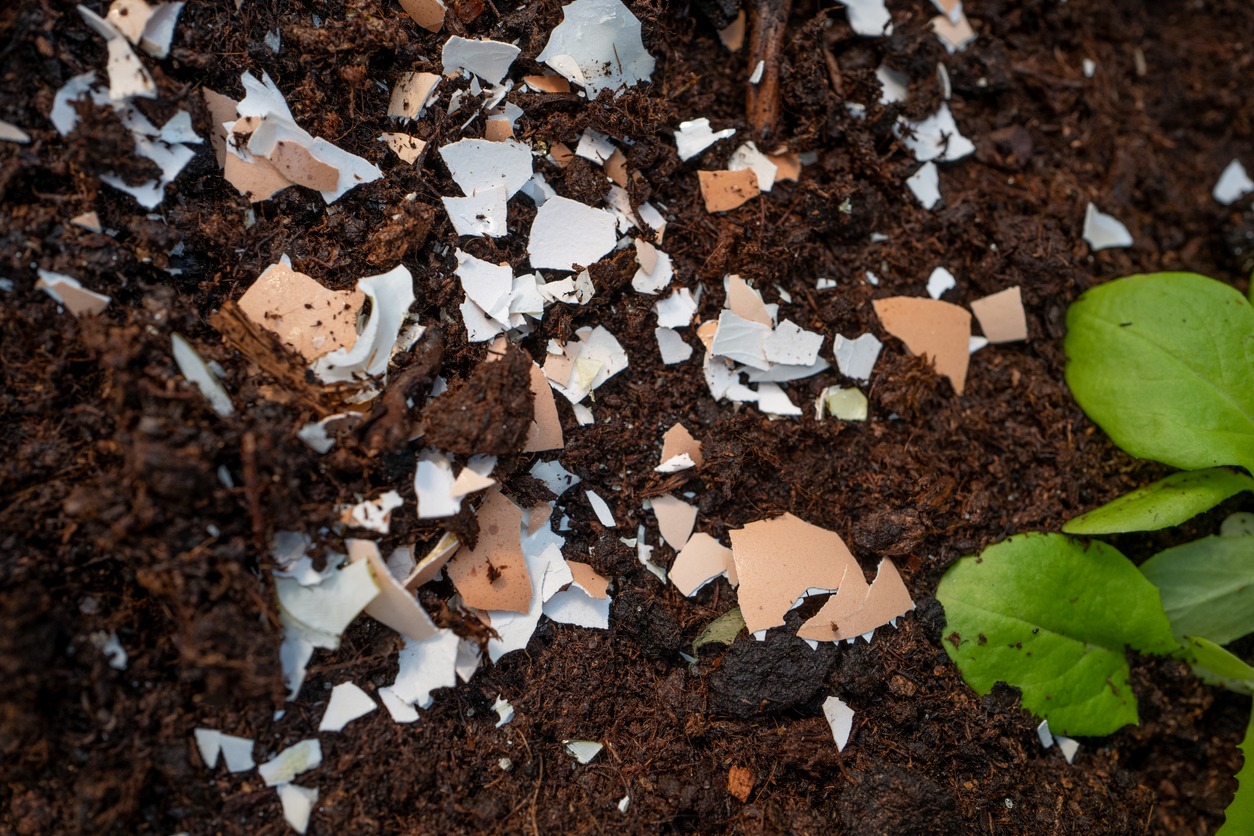
Sometimes, pests require direct intervention. Natural remedies provide safe and effective ways to tackle infestations without harming the environment or beneficial insects.
- Crushed Eggshells: Sprinkle these around plants to deter slugs, snails, and cutworms. The sharp edges irritate their soft bodies, creating a natural barrier. Eggshells also decompose over time, enriching your soil with calcium.
- Diatomaceous Earth: This fine mineral dust damages the exoskeletons of crawling pests like ants, slugs, and beetles. Apply it sparingly around affected plants and reapply after rain for continued protection.
- Coffee Grounds and Wood Ash: Both substances repel various pests while enriching the soil with nutrients. Coffee grounds are particularly effective against ants, while wood ash can deter slugs and soft-bodied insects.
- Essential Oil Sprays: Mix a few drops of peppermint, lavender, or tea tree oil with water and a small amount of dish soap. Spray this mixture on plants to repel pests naturally. These sprays also leave a pleasant scent in your garden.
These remedies offer targeted control while maintaining the ecological balance of your garden.
Maintaining Garden Hygiene
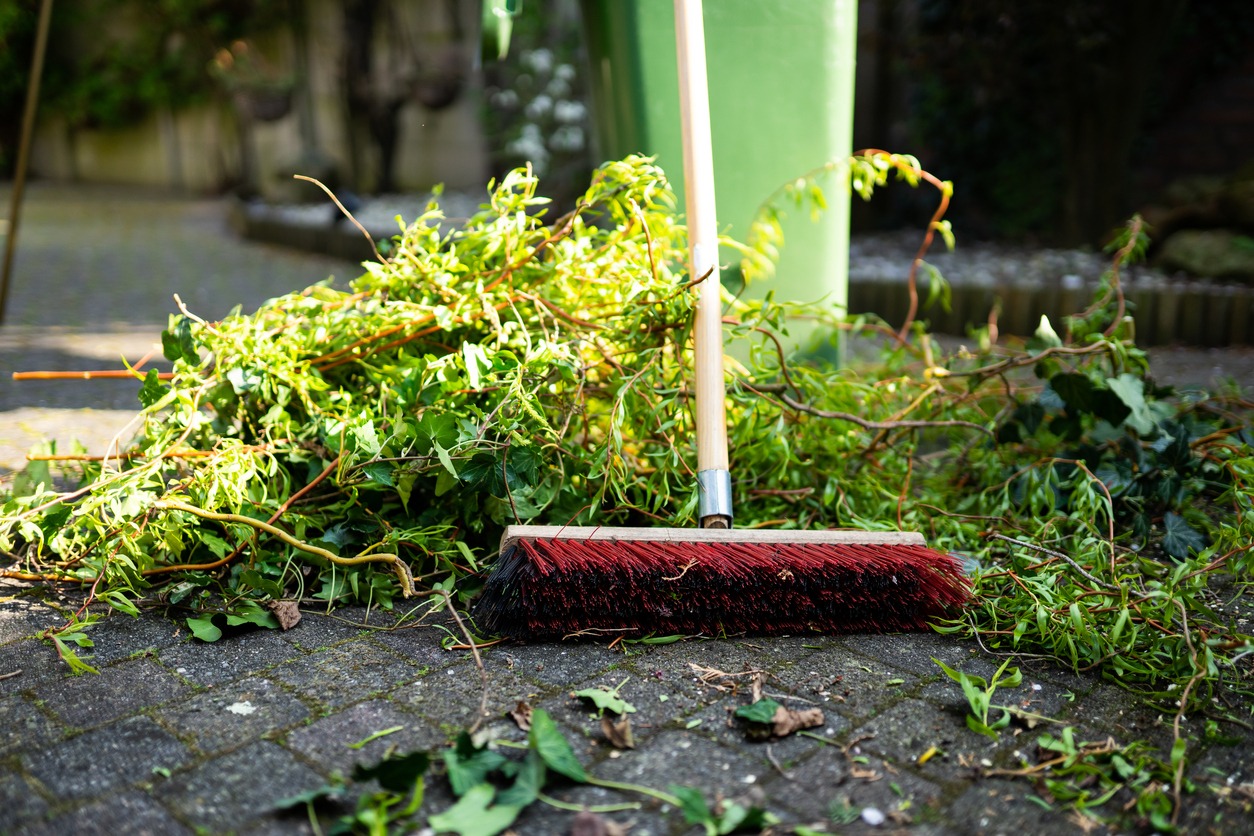
A clean garden is less inviting to pests. Regular maintenance prevents pests from finding breeding grounds and promotes overall plant health.
- Remove Debris: Clear away fallen leaves, dead plants, and other organic debris where pests might hide. This step also helps reduce fungal diseases that thrive in damp environments.
- Prune Regularly: Trim plants to improve airflow and reduce humidity, which can attract pests like spider mites. Proper pruning also helps your plants grow stronger and healthier.
- Water Smartly: Water early in the morning to allow plants to dry before nightfall, minimizing the risk of fungal growth. Use drip irrigation or a soaker hose to target roots directly, keeping foliage dry.
- Sanitize Tools: Clean gardening tools between uses to prevent the spread of pests or diseases from one plant to another. A quick wipe with a disinfectant solution can make a big difference.
By maintaining garden hygiene, you create an environment that naturally deters pests and fosters healthier plants.
Conclusion
Natural pest control is more than just a way to protect your plants—it’s a commitment to sustainable gardening and environmental stewardship. By implementing these techniques, you can create a thriving garden that is not only productive but also harmonious with nature.
Try combining multiple methods, from covering plants to attracting beneficial insects, to achieve a balanced approach. With a little effort and care, you’ll enjoy a garden that’s healthier, safer, and bursting with life—all without the need for harmful chemicals.

